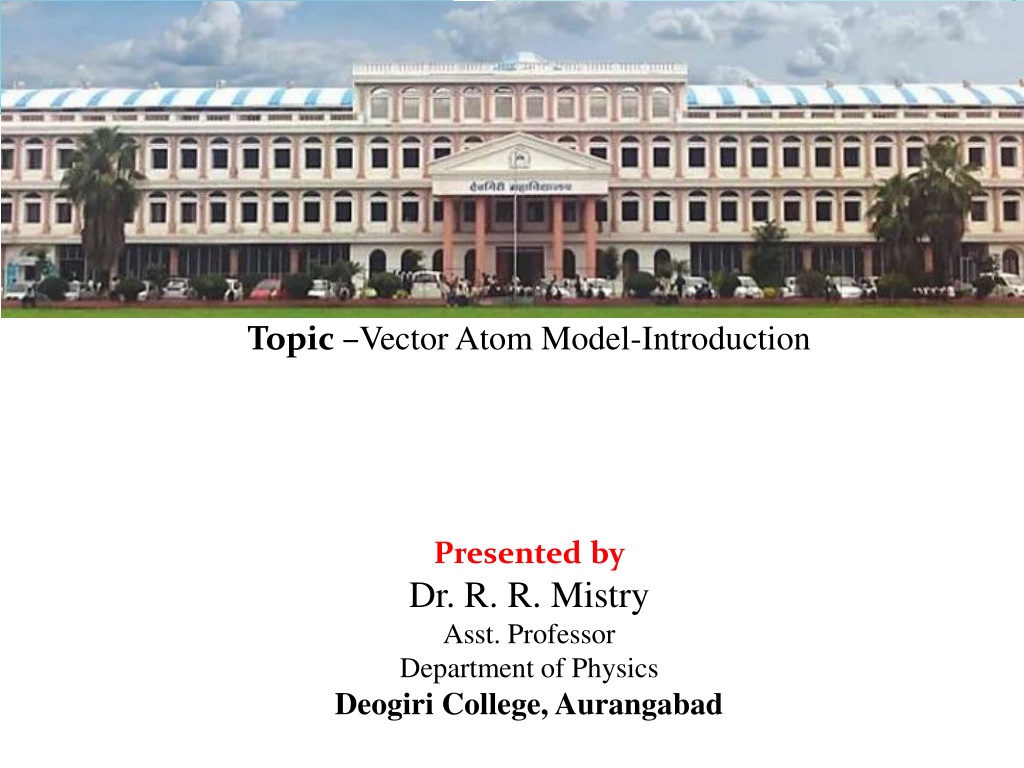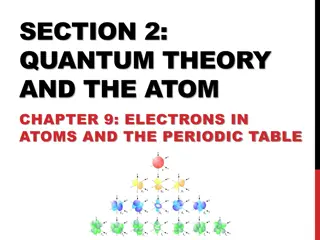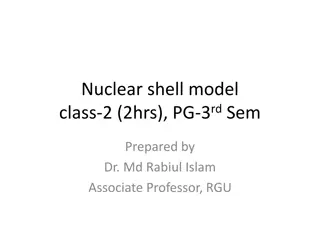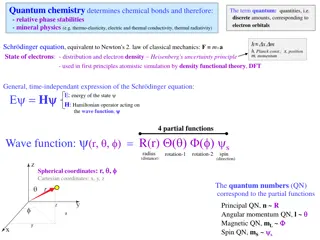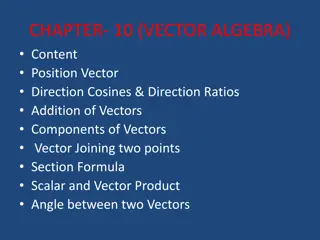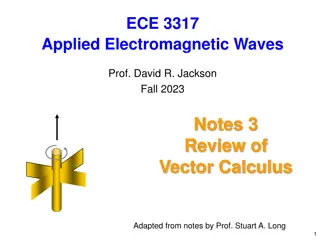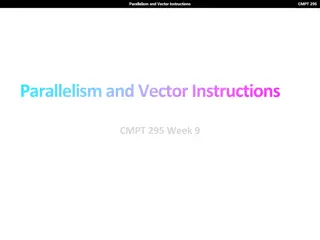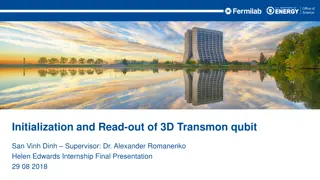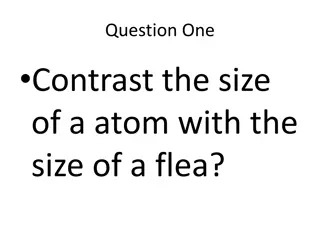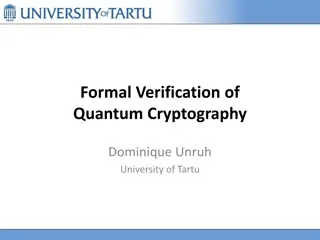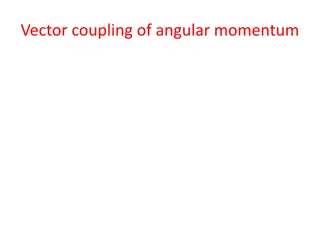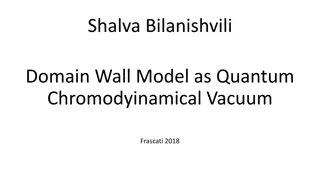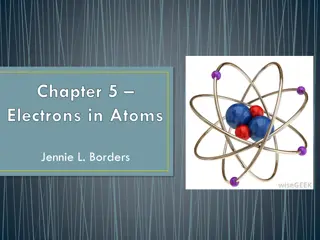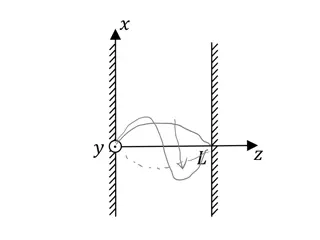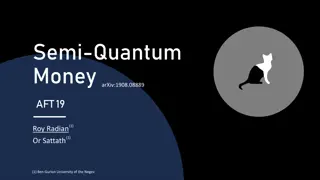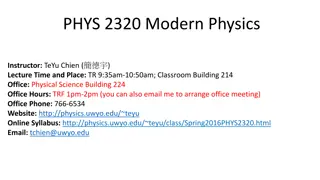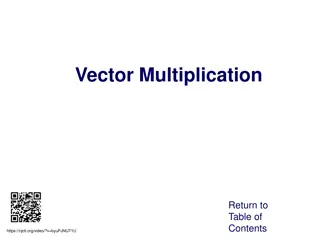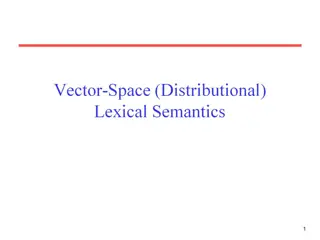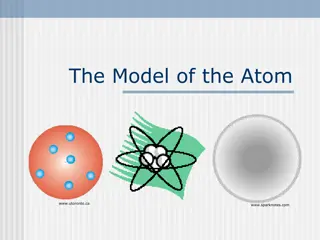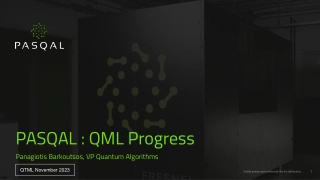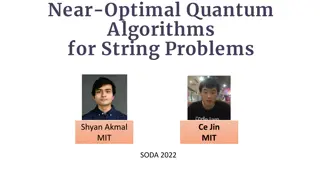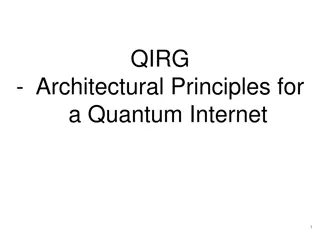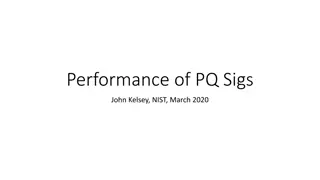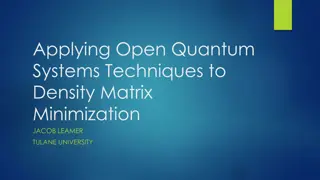Exploring the Vector Atom Model in Quantum Physics
Delve into the Vector Atom Model as presented by Dr. R. R. Mistry, discussing the quantum numbers, coupling, exclusion principles, and effects like Zeeman and Stark. Learn how this model explains complex atomic spectra and spatial quantization, offering a deeper understanding of atomic structures.
Download Presentation

Please find below an Image/Link to download the presentation.
The content on the website is provided AS IS for your information and personal use only. It may not be sold, licensed, or shared on other websites without obtaining consent from the author. Download presentation by click this link. If you encounter any issues during the download, it is possible that the publisher has removed the file from their server.
E N D
Presentation Transcript
Topic VectorAtom Model-Introduction Presented by Dr. R. R. Mistry Asst. Professor Department of Physics Deogiri College, Aurangabad
Chapter 2. Vector Atom Model Introduction-Vector Quantum numbers associated with the vector atom model, coupling, The Pauli s exclusion principle, Selection rules, Intensity rules, Interval rule. Normal Zeeman effect, Anomalous Zeeman effect, Stark effect and its experimental study. atom model, L-S coupling, j-j
Introduction: chapter we discuss Bohr s theory and it can explain only the series of spectra of the simplest hydrogen atom. It could not explain the multiple structures of spectral lines even in the simplest hydrogen atom. Sommerfeld s theory was able to give an explanation of the fine structure of the spectral lines of the hydrogen atom. In the previous
But it could not predict the correct number of fine structure lines and gave no information about the relative intensities of lines. Also it could not explain the complex spectra of alkali metals like sodium. These older theories were inadequate discoveries likes Zeeman effect and Stark effect in which spectral lines could be split up under the influence of magneticand electric field. to explain the
VectorAtom Model:- To explain the complex spectra of atom and their relation to atomic structure the vector atom model was introduced. New ideas were introduced partly by empirical methods, in the interpretation of more complex spectral phenomenon to atomic structure is known as vector atom model. The two essential elements that characterized the vector atom model and differentiate it from other models are: analogy, partly by
1) The concept of spatial quantization or quantization of direction, and 2) The Spinning electron hypothesis. 1) Thespatial quantization: According to Bohr-Sommerfeld theories the orbits are quantized as regards their magnitude only. But according to quantum theory the orbits are quantized regarding their magnitude as well as direction or orientation of the orbits in a space. The introduction of such a spatial quantization makes theorbits vectorquantities.
To quantized spatially, we need a certain preferred direction with respect to which the orbits orientation. Such a favourable direction may be obtained by an external field that applied to an atom. To determine the permitted orientations relative to the field direction, we are guided by the fact that the projections of the quantized orbits on the field direction quantized. may receive their themselves be
This new was first proposed idea of spatial and quantization worked out on the basis of the quantum theory by Sommerfeld in connection with the interpretation of the splitting of spectral lines under the influence of an external magnetic field, i.e. The Zeeman effect.
2) The Spinning electron hypothesis: The Bohr atom Sommerfeld s modifications could not complete explain the complex fine structure of the simplest atom. Naturally they could not tackle the problem of the fine structure of more complicated system. In order to explain satisfactorily of spectral phenomena, two Dutch physicists, Uhlenbeck and Goudsmit put forward the hypothesis of the spinning electron in 1925. The electron revolves not only in an orbit round the nucleus but also aboutan axis of its own. model even with
According to quantum the0ry the spin of the electron should be quantized. Hence a new quantum number called the spin quantum number is introduced. Since the orbital and spin motion are both quantized in magnitude and direction according to the idea of spatial quantization, they are considered as quantized vectors. Hence the atom model based on these quantized vectors is called the Vector atom model , to which vector laws apply. The orbital motion of electron produce a mechanical momentum and a magnetic moment. Now including the spinning electron idea the electron will be endowed with two angular momenta and two magnetic moments.
Experimental study of the behaviour of atoms in non-homogeneous magnetic fields, initiated by Stern and Gerlach in 1921, gave experimental evidence for the reality of spatial spinning electron. quantization and
